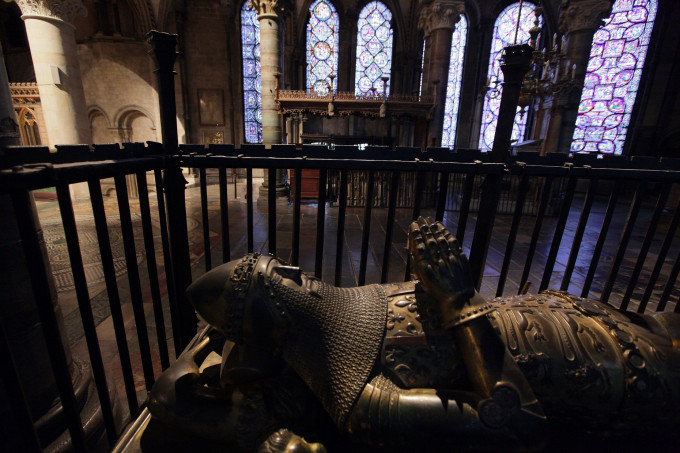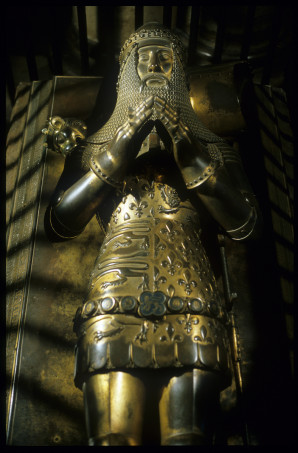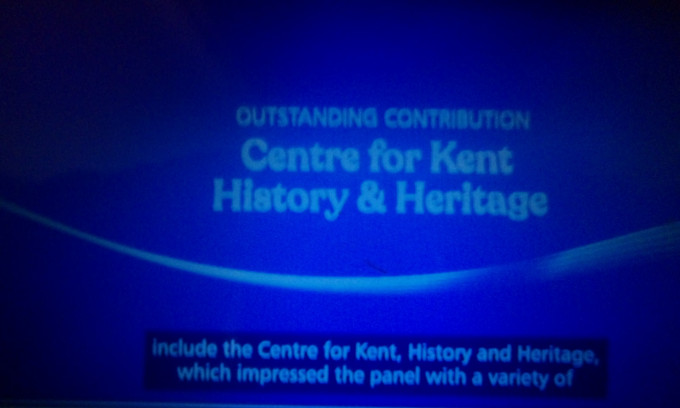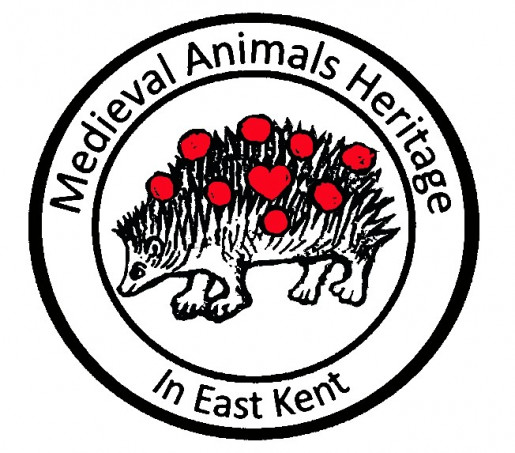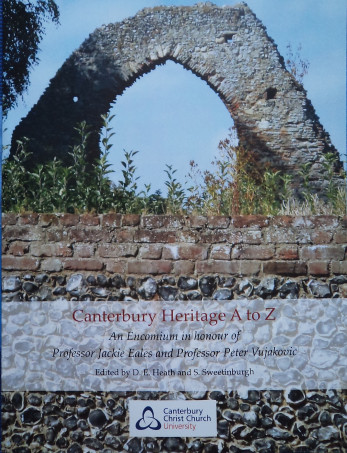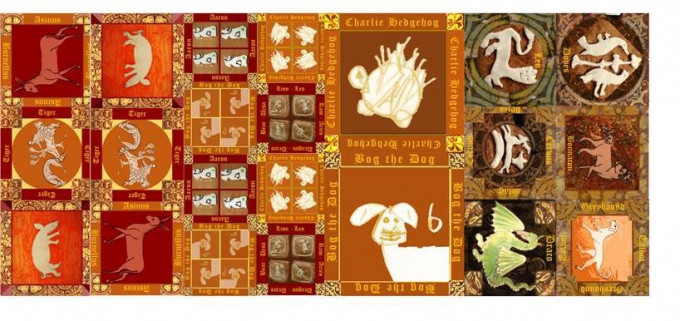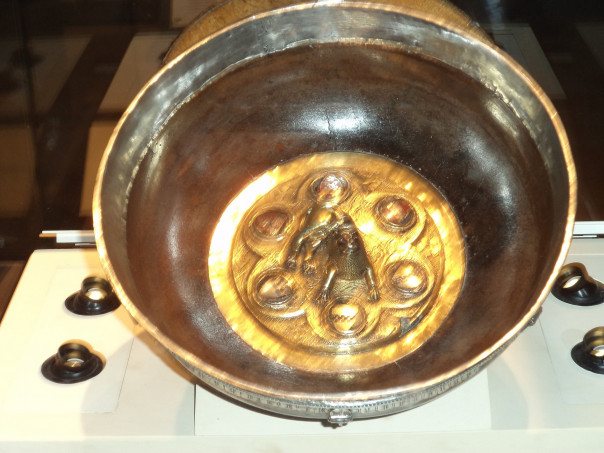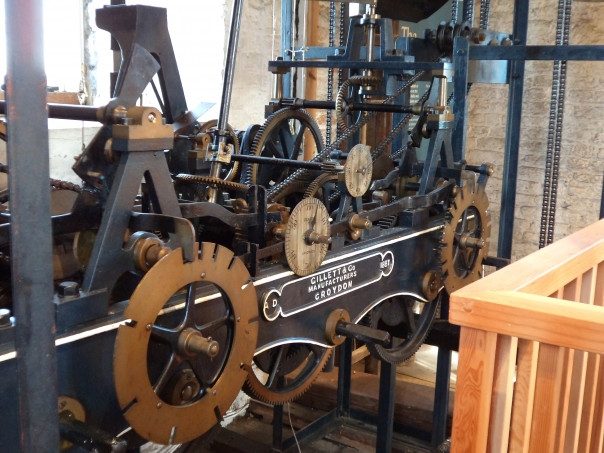Happy New Year to readers of the Centre for Kent History and Heritage’s weekly blog that is now back after its fortnight Christmas break. Firstly, I’m delighted to announce that […]
Medieval matters – MCW 2022, Lossenham and much more
I thought it was time I gave you more information about the Medieval Canterbury Weekend 2022 which will be up on the Centre’s website very shortly. Thus, I thought I […]
Award winner and new projects in 2021/22
Stop press: the CKHH is given one of the two runners-up awards in the ‘Outstanding Contribution to the Community’ category of the CCCU’s Staff Recognition Awards 2020/21. So well done […]
Lions, Dragons and … Hedgehogs! Announcing the new Medieval Animals Heritage project
Dr Sheila Sweetinburgh is delighted that Dr Diane Heath, Research Fellow in CKHH, has taken over the Centre’s blog this week for some very exciting news! I (Diane) am delighted […]
Celebrating St Mildred and other Canterbury and Kent saints
As well as containing large numbers of meetings yet again this week, it also included the pleasurable occasion when Dr Diane Heath and I handed over the pop-up banners on […]
Celebrating Centre exhibitions and the Kent History Postgraduates
The Centre’s blog is back! I’ll be featuring the Kent History Postgraduates Group shortly, but first I thought I would give you some news and highlight what the Centre’s team […]
Kent History Postgraduates, Maritime Kent, and Canterbury matters
Just to say thank you very much and more ‘animals’ have been making their way to Dr Diane Heath’s door, including several dragons, a stag, a pig, a bee, an […]
Canterbury mazers – virtual material culture
While governments – national, regional and local, continue to grapple with the situation, and a large number of businesses and charities are equally trying to manage, even survive – note, […]
Challenging times today and in the past
In this fast-moving world that we live in, I thought I would bring out a short update. For the health and safety of speakers, those attending, and all concerned, we […]
